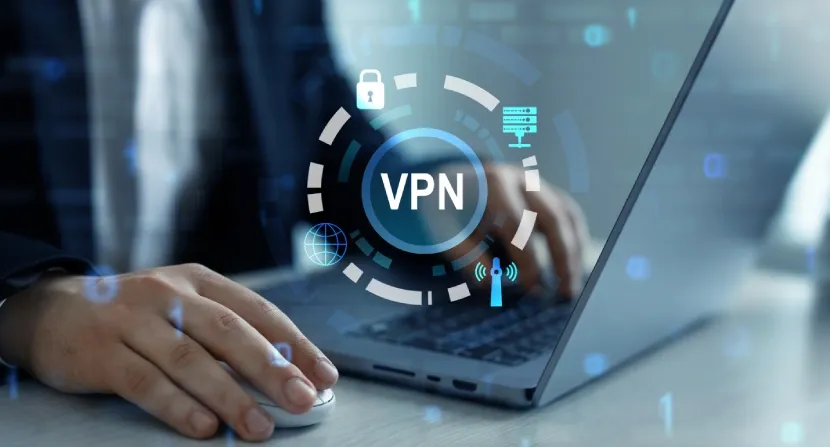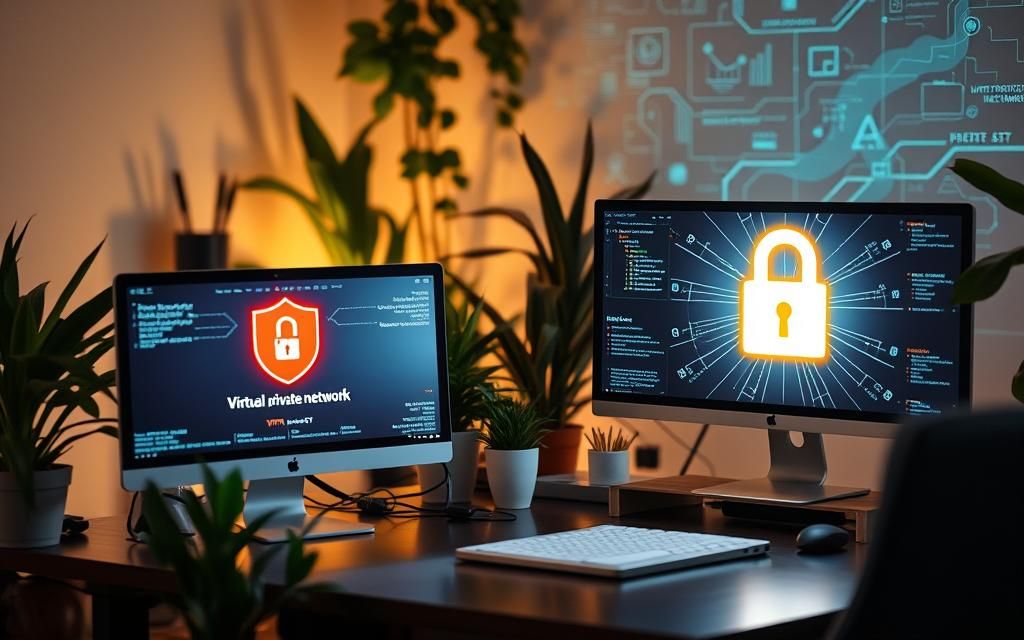Situational awareness in personal security is a fundamental concept that empowers individuals to anticipate, recognize, and respond to potential threats effectively. At its core, situational awareness refers to the ability to be fully conscious of one’s surroundings and understand the context of a situation in real-time. It is not just about being alert; it involves a proactive mindset that enables people to make informed decisions and take appropriate actions to protect themselves. This awareness can be cultivated through observation, analysis, and interpretation of environmental cues, helping to create a safer environment for both the individual and those around them. As the world becomes more complex and dangerous, understanding situational awareness has never been more crucial. Whether you’re walking through a crowded street or navigating a public event, this skill can significantly enhance your safety and confidence. In this article, we will explore the definition, components, and importance of situational awareness in personal security, as well as practical ways to develop and apply it in everyday life. The Definition and Importance of Situational Awareness Situational awareness is a critical component of personal security that involves maintaining a constant awareness of the environment and identifying potential threats. This concept is often discussed in various fields, including military strategy, aviation, and law enforcement, but its application in personal security is equally vital. The importance of situational awareness lies in its ability to help individuals avoid danger before it strikes. By staying alert and observant, people can detect changes in their surroundings, recognize patterns, and make quick decisions to ensure their safety. For instance, knowing how to react when someone approaches from behind or when a vehicle is approaching at high speed can be the difference between a safe outcome and a serious incident. The role of situational awareness in personal security extends beyond immediate threat detection. It also encompasses understanding the context of a situation, which allows for better risk assessment. This awareness can be broken down into three key components: environmental observation, behavioral awareness, and predictive analysis. Environmental observation involves noticing the physical aspects of the environment, such as lighting, crowd density, and the presence of potential hazards. Behavioral awareness focuses on the actions and behaviors of people around you, helping to identify suspicious activity or potential threats. Predictive analysis is the ability to anticipate what might happen next based on the information gathered, enabling proactive responses to emerging risks. To achieve effective situational awareness, individuals must engage in continuous learning and practice. This includes developing a habit of scanning the environment regularly, paying attention to details, and staying informed about potential dangers. For example, understanding the typical behaviors of people in a given setting can help you recognize when something is out of the ordinary. This awareness can also be enhanced through training and education, such as learning self-defense techniques or participating in safety workshops. By integrating these practices into daily routines, individuals can significantly improve their ability to navigate potentially hazardous situations with confidence and competence. Environmental Observation Environmental observation is the first step in cultivating situational awareness. It requires individuals to take in their surroundings and notice what is happening around them. This can be as simple as looking up when entering a new place or paying attention to the sounds and smells in the environment. The goal is to create a mental map of the area, which allows for quicker responses when needed. For instance, if you’re walking through a poorly lit alley, observing the environment can help you identify signs of danger, such as a person lurking or a suspicious vehicle parked nearby. This form of awareness also includes assessing the level of risk in a particular environment. By understanding the dynamics of a space, individuals can determine how safe it is and what actions to take if they feel threatened. For example, knowing that a crowded subway station is a high-risk area for pickpocketing can encourage you to keep your belongings close and stay alert. In addition, environmental observation can involve identifying safe zones and escape routes, which are essential for quick evacuation in case of an emergency. These zones might include well-lit areas, open spaces, or places where others are more likely to be present. Behavioral Awareness Behavioral awareness is another crucial aspect of situational awareness. It involves paying attention to the actions and behaviors of people around you, which can provide valuable insights into potential threats. For example, if you notice someone following you closely or a group of individuals acting suspiciously, this could indicate a possible danger. By observing body language and movement patterns, individuals can detect intentions and potential risks more effectively. This awareness can also help in identifying patterns of behavior, such as the usual routines of people in a specific area, which can be useful in predicting what might happen next. To enhance behavioral awareness, it is important to stay alert and listen actively. This means not just seeing but also hearing and interpreting the information around you. For instance, noticing the sound of a conversation that might be about to escalate or recognizing the presence of someone who is trying to blend into the crowd can be the key to identifying a threat early. Moreover, understanding cultural and social norms in different environments can also contribute to better behavioral awareness. This knowledge helps in recognizing when someone’s actions deviate from the norm, which may signal a potential risk. Predictive Analysis Predictive analysis is the final component of situational awareness, and it involves using the information gathered from environmental and behavioral observations to anticipate what might happen next. This skill allows individuals to not only react to threats but also to prevent them from occurring in the first place. By analyzing patterns and trends, one can make informed decisions about their safety. For example, if you notice that a particular location is often used by thieves or that a certain group of people tends to engage in suspicious activities, you can take steps to avoid that area or stay





